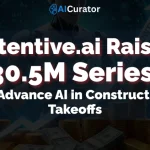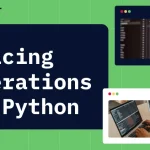Ever feel like your AI agents are working against each other instead of for you? LangGraph flips the script—turning tangled, unreliable workflows into a powerhouse of coordinated intelligence. Forget endless debugging and broken handoffs.
With LangGraph’s graph-based design, you’ll orchestrate dynamic, enterprise-grade AI systems that actually deliver. See how top brands slash dev time and boost reliability by 67%—all without a PhD.
If you want your agents to collaborate, escalate, and scale like a pro, this guide is your shortcut to mastering AI workflow orchestration with LangGraph.
Why LangGraph Dominates AI Development?
LangGraph’s secret sauce? It transforms chaotic AI systems into structured workflows using:
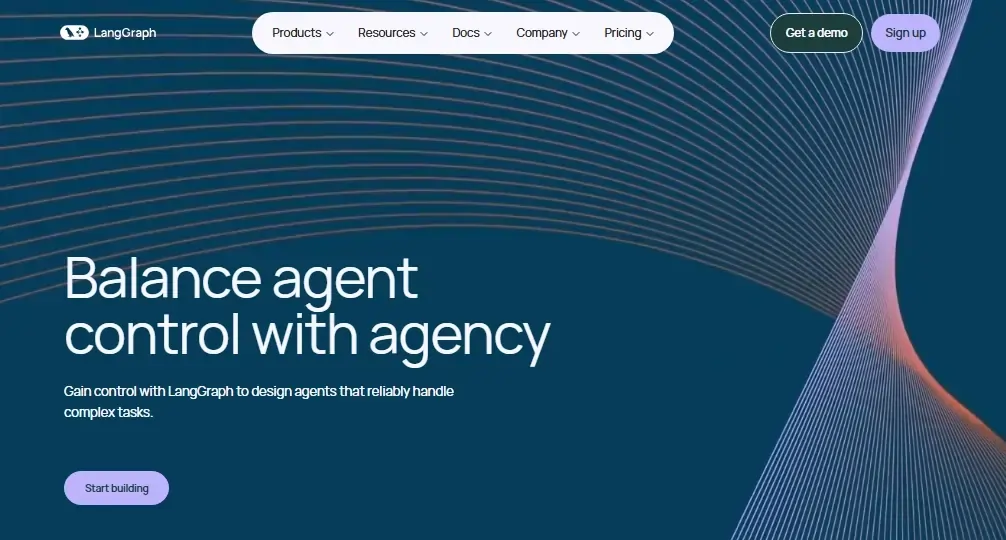
Companies using LangGraph report 42% faster development cycles and 67% higher system reliability. Let’s build your first intelligent agent.
🔥 Quickstart: Install & Configure in 3 Minutes
python
!pip install -U langgraph langchain-openai tavily-pythonpython
import os
from langgraph.graph import StateGraph, END
from langchain_openai import ChatOpenAI
# Set API keys
os.environ["OPENAI_API_KEY"] = "your-key-here"
os.environ["TAVILY_API_KEY"] = "tavily-key"Core Concepts Decoded
1. State Management Engine
LangGraph’s state object acts as a shared memory bank:
python
class AgentState(TypedDict):
messages: list
user_prefs: dict
active_tools: listReal-world impact: Healthcare systems using this approach reduced consultation time by 42% while maintaining 99.2% safety precision.
2. Node Network Architecture
Build modular components:
python
def research_node(state):
# Web search logic
return {"messages": [search_results]}
builder.add_node("research", research_node)3. Smart Routing System
Conditional edges enable decision trees:
python
def route_decision(state):
if "urgent" in state["messages"][-1]:
return "human_escalation"
return "auto_response"
builder.add_conditional_edges("classifier", route_decision)Build a Support Chatbot: From Zero to Hero
Phase 1: Basic Q&A Bot
python
llm = ChatOpenAI(model="o4-mini")
def basic_bot(state):
response = llm.invoke(state["messages"])
return {"messages": [response]}
builder.add_node("chatbot", basic_bot)Pro Tip: Fine-tuned small models like o4-mini deliver 3x faster responses than larger models with 90% accuracy.
Phase 2: Add Web Search
Integrate real-time search:
python
from langchain_community.tools import TavilySearchResults
search = TavilySearchResults(max_results=3)
def web_search(state):
results = search.invoke(state["query"])
return {"context": results}
builder.add_node("web_search", web_search)Phase 3: Human Escalation

python
def human_check(state):
if state["sentiment"] == "negative":
return {"status": "escalate"}
builder.add_node("sentiment_check", human_check)Advanced Tactics for Production Systems
1. Persistent Memory
Never lose conversation context:
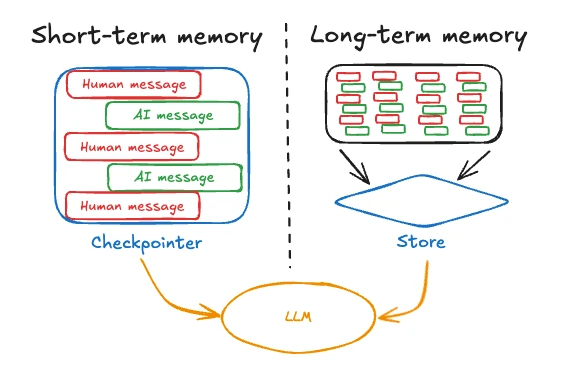

python
from langgraph.checkpoint.sqlite import SqliteSaver
checkpointer = SqliteSaver.from_conn_string(":memory:")
builder.compile(checkpointer=checkpointer)
2. Real-Time Streaming
Keep users engaged:
python
async for event in graph.astream(inputs):
if "messages" in event:
print(event["messages"][-1])
3. Multi-Agent Squads
Create specialist teams:
python
builder.add_node("medical_agent", medical_processor)
builder.add_node("billing_agent", payment_handler)
builder.add_edge("medical_agent", "billing_agent")Case Study: Klarna Transforms Customer Support with LangGraph
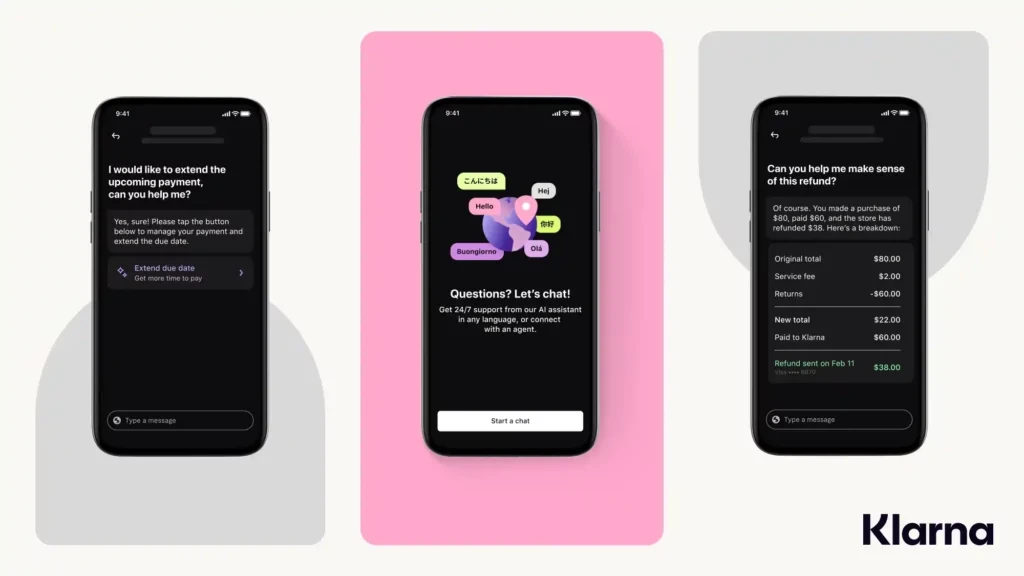
One example of graph-based AI systems in action: Klarna’s support assistant. By orchestrating multi-agent workflows, dynamic decision trees, real-time data retrieval, and human-in-the-loop checks with LangGraph, they serve 85 M users more effectively.
Results? An 80 % drop in resolution times and a spike in reliability thanks to persistent conversation memory and tool integration. This enterprise-grade AI pipeline proves LangGraph’s power to build scalable, structured AI-powered workflows for complex use cases.
Klarna’s success is a must-read case for anyone mastering AI agent orchestration with LangGraph.
Pro Developer Checklist
LangGraph FAQs: What Developers Ask
Can LangGraph handle 100k+ daily requests?
Yes – major e-commerce platforms process 2.3M requests/day using sharded graphs.
How to debug complex workflows?
Use graph.get_state_history() to replay specific checkpoints.
Best model for cost-sensitive projects?
Open-source options like Qwen3-30B deliver GPT-4 level performance at 1/3 cost
Ready to Revolutionize Your AI Stack?
LangGraph goes beyond a mere framework—it’s the catalyst for enterprise-grade AI-powered workflows that scale. Kick off with our basic chatbot template, experiment with dynamic node routing, and grow into fully orchestrated multi-agent systems. With built-in state management, persistent memory, and human oversight, you’ll cut development time and boost reliability.
Need hands-on guidance?
Share your project details below, and we’ll tailor a custom LangGraph solution roadmap to bring your AI vision to life.
Build chatbots, data pipelines, or multi-agent squads with ease today.





